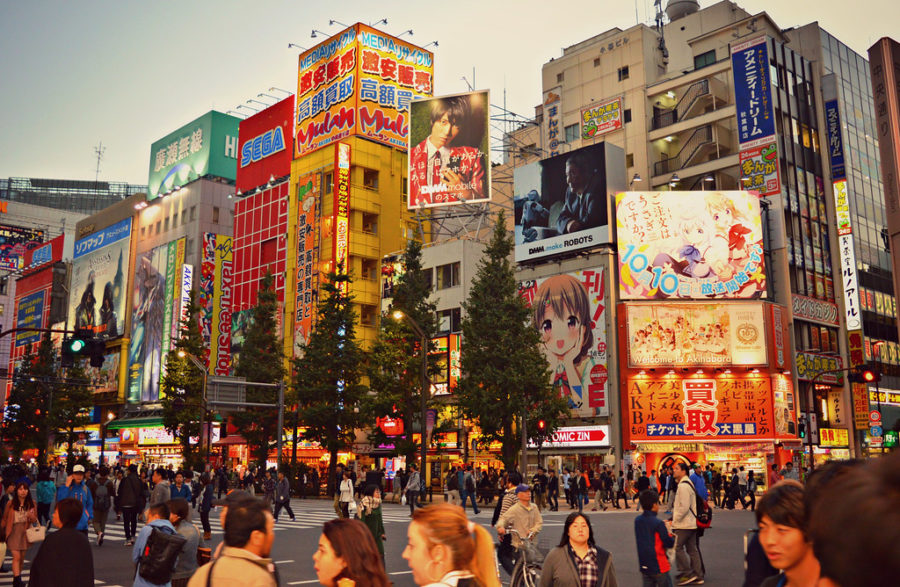Underpaid and Overworked: Animators in Japan Are Meeting Their Breaking Point
May 5, 2021
Anime, defined as a style of animation developed in Japan, has gained popularity over the last decade. The COVID-19 pandemic has had a significant impact on anime’s success as people refrained from leaving their homes. Anime has never been as popular as it is right now. The Association of Japanese Animators has released its 2019 report, which found that the anime industry reached a new all-time high of 2.1814 trillion yen, or $10.939 billion.
However, one aspect of the industry is overlooked as we enjoy the creative artwork and interesting storylines on our screens. Many animators struggle with poverty and harsh working conditions that lead to their breaking point. As an avid viewer of anime, it was absolutely heartbreaking for me to learn about the atrocious treatment of animators in the industry.
In America, working as an animator is a relatively decent job and offers a number of benefits. The median salary is around $50,000, and for more prestigious jobs, animators can make up to $125,000 a year. On the other side of the Pacific, however, the middle-tier key animator in Japan earns around $26,000. Key animators are generally more experienced, so new animators are likely paid even less.
Anime’s rise in popularity over the past few years and especially during the pandemic is evident in the increase of streaming sites and the abundance of merchandise, so why are animators living in poverty?
The main reason that an animator’s salary is so low is that most studios pay by commission. The entry-level “in-betweener” who makes all of the individual drawings, only earns 200 yen per drawing, which is around $1.83 in US dollars. Keep in mind that a single drawing takes about an hour to make. So, under a normal 8-hour shift, a low-level animator will make about $14.67.
The studios that actually do pay hourly salary will offer around $7 an hour. This is better than the commission rate, but it is still far below Japan’s minimum wage. You could earn more working at McDonald’s than working as an animator in Japan.
Animation takes a ridiculous amount of time and many animators struggle to make ends meet. Workers are expected to work overtime which can go up to 100 hours a week. This can become even worse when a studio is under an urgent deadline. Considering that 2D animation takes considerable skill and years of experience, the economic reality of anime is clearly evident.
You may be wondering if animators are severely overworked and underpaid, why haven’t most of them called it quits yet? Even though they are treated unfairly, a lot of animators accept their working conditions and continue for their passion for creating art. The nature of the anime industry makes the issues that they are facing difficult to solve, but we must help by spreading awareness and advocating for better working conditions.

















































































































































